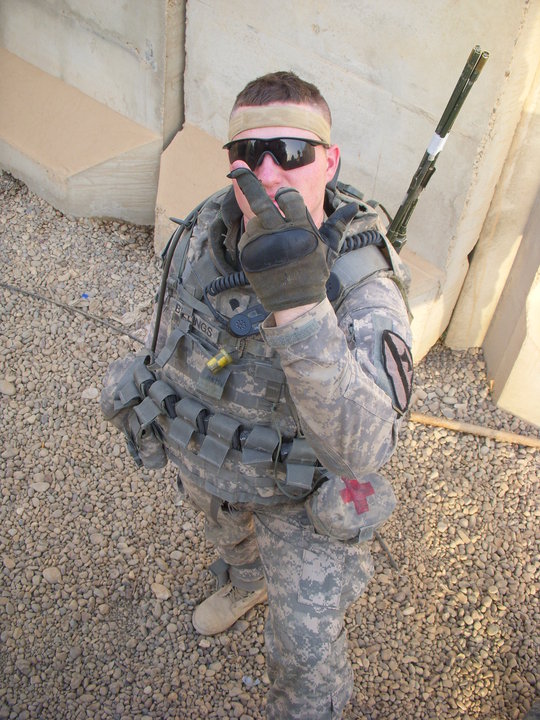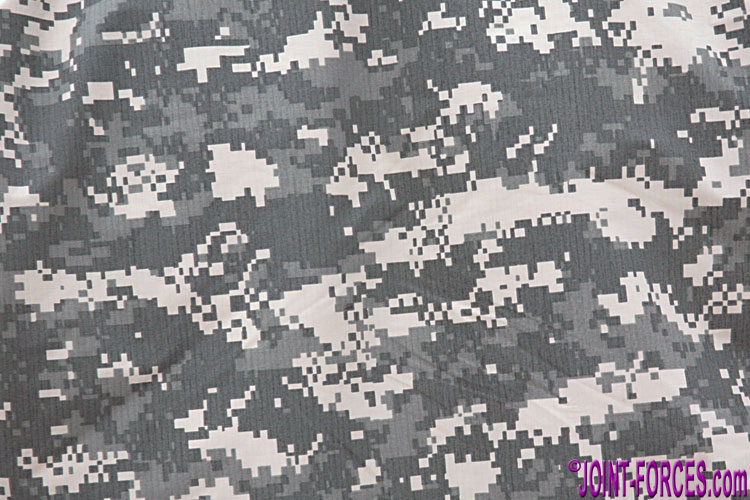

In 2010 the Army selected MultiCam as the clear winner over several other patterns to issue to soldiers deploying to Afghanistan.Īlthough MultiCam is issued to soldiers deploying to Afghanistan, UCP is still the Army’s standard issue Army Combat Uniform. Results from the evaluations are yet to be published, but according to none of the four patterns clearly outperformed one another through all the test environments although they provided superior results, compared to UCP, a fact that reiterated previous evaluations conducted in 20, testing UCP against other alternatives. Brookwood Companies, Inc of New York and Kryptek, Inc. The Army awarded developmental contracts to four vendors in early 2012, to Crye Precision, ADS, Inc., teamed with Hyperstealth, Inc., of Virginia Beach, Va. The GAO estimates that the Army will have to spend another $4 billion on uniforms and equipment over the next five years when it selects its new family of camouflage patterns.įollowing repeated calls from the field uniform experts and scientists have been evaluating alternative patterns.

The UCP replacement plan was launched four years ago, under the Phase IV camouflage improvement plan, as PEO Soldier and Natick Soldier Systems Center began to evaluate the effectiveness of different camouflage schemes.Ĭritics of the UCP maintain that the service has spent $5 billion on uniforms and equipment all printed in the inadequate UCP.

Shane Hamann, US Army.Īccording to, the top Army officials scrambled to brief the Army Secretary John McHugh on the selection of yet another camouflage pattern, to become the Army’s next official camouflage pattern. Since 2010 the Army has issued Multicam patterned combat fatigue and combat gear claimed to be supperior in their camouflage performance, compared to the standard UCP issued by the Army. A plan to replace the Army’s current UCP with yet another camouflage scheme was recommended by the Army Chief of Staff Ray Odierno. The original report was published in September 2012 but earlier this month GAO repeated its critical review including this wasteful, duplicated procurement as an example of waste that could be avoided in federal procurement. “Contracting separately for similar uniforms, GAO says, has resulted in “numerous inventories of similar uniforms at increased cost to the supply chain.” GAO said.ĭifferent camouflage patterns used by the four services may have caused billions of dollars waisted in duplicated procurement. These pixilated patterns, particularly the Army’s Universal Camouflage Pattern (UCP), introduced in 2004, was known for its poor performance in Afghanistan. However, after the Marine Corps introduced their digital patterns in 2002 and branded the Corps symbol into it, other services followed, providing with their troops service-specific camouflage patterns. Government Accountability Office said.īefore 2002, all the military services had used only two basic camouflage patterns – a woodland pattern matching the European and Korean theaters and a desert pattern. military are spending millions of dollars to equip troops with combat uniforms in seven different but similar camouflage patterns, wasting money and potentially exposing some troops to increased risk on the battlefield – the U.S. Jerry Morrisonįour different branches of the U.S.


 0 kommentar(er)
0 kommentar(er)
